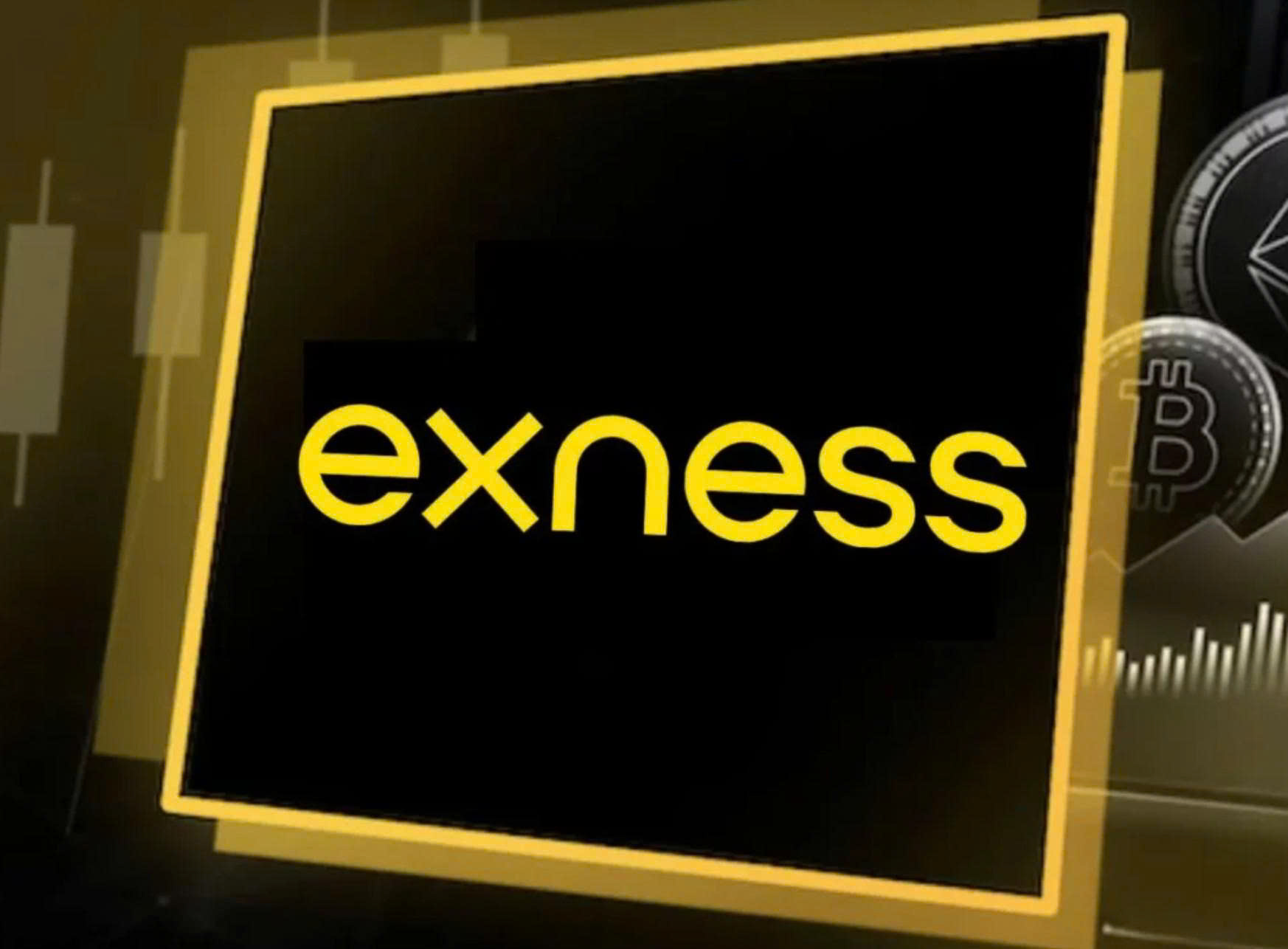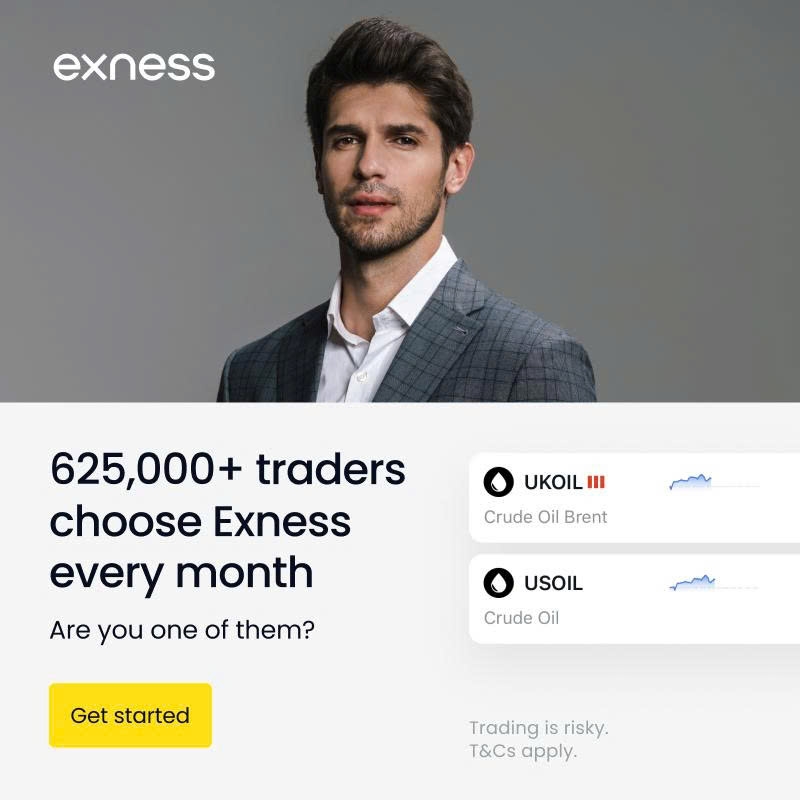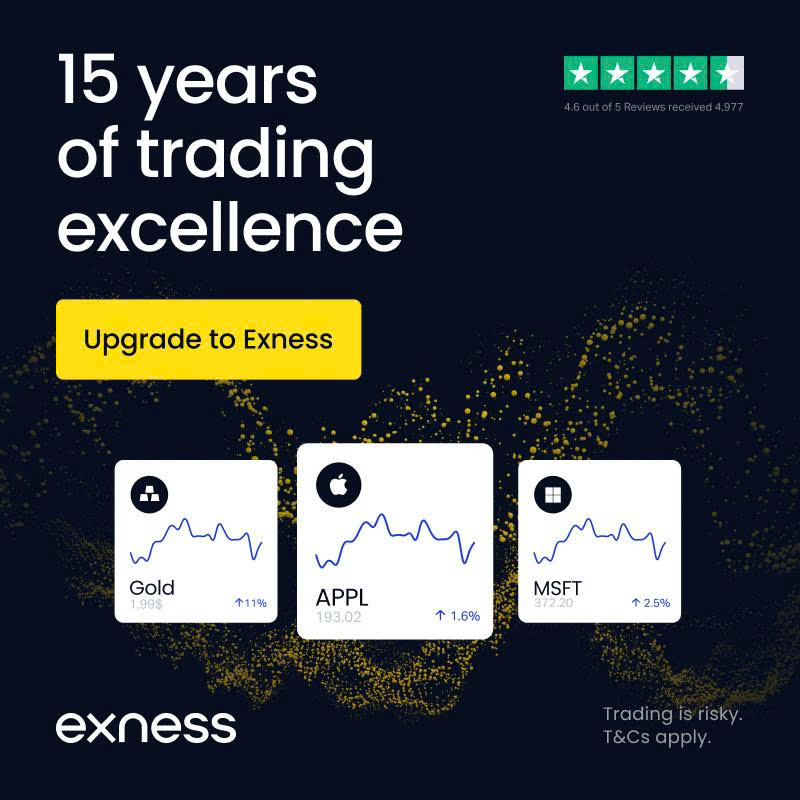
7 minute read
Which Exness Account Is Best for Beginners? A Comprehensive Guide
Choosing the right trading account is a critical decision for anyone stepping into the world of forex trading. Exness, a well-known global broker, offers a variety of account types tailored to different trading needs. For beginners, selecting an account that balances simplicity, affordability, and educational support is key to building confidence and skills. This article explores Exness’ account offerings, focusing on which one is best suited for beginners, while adhering to best practices to ensure visibility and engagement.

✅ Trade with Exness now: Open An Account or Visit Brokers 👈
Understanding Exness and Its Account Types
Exness, founded in 2008, is a reputable forex and CFD broker regulated by multiple authorities, including the FCA, CySEC, and FSCA. It’s known for its competitive spreads, fast execution, and user-friendly platforms, making it a popular choice for traders worldwide. Exness offers several account types, each designed for specific experience levels and trading styles. These include:
Standard Account
Standard Cent Account
Raw Spread Account
Zero Account
Pro Account
For beginners, not all accounts are equally suitable. The ideal account should minimize financial risk, provide a straightforward trading experience, and offer tools to learn the ropes of forex trading. Let’s dive into each account to determine which one fits best for those just starting out.
Key Factors for Beginners When Choosing an Exness Account
Before analyzing the accounts, it’s important to understand what beginners need in a trading account:
Low Minimum Deposit: A low entry barrier allows new traders to start without committing large sums.
Tight Spreads: Lower spreads reduce trading costs, which is crucial for beginners with smaller capital.
Risk Management Tools: Features like negative balance protection and low leverage options help manage risks.
User-Friendly Platform: A simple interface, such as MetaTrader 4 or 5, is essential for ease of use.
Educational Resources: Access to tutorials, webinars, and demo accounts supports learning.
Low Risk Exposure: Accounts that allow trading in smaller lot sizes reduce potential losses.
With these factors in mind, let’s evaluate Exness’ account types.
Exness Account Types: A Breakdown for Beginners
1. Standard Cent Account
The Standard Cent Account is often recommended as the best choice for beginners. Here’s why:
Low Minimum Deposit: Requires only $10 to start, making it highly accessible for new traders.
Cent-Based Trading: Trades are conducted in cents rather than dollars, significantly reducing risk. For example, a 1-lot trade equals 100,000 cents, which is much less risky than standard lots.
Tight Spreads: Offers competitive spreads starting from 0.3 pips, minimizing trading costs.
No Commission: Unlike some advanced accounts, this one is commission-free, ideal for budget-conscious beginners.
Micro-Lot Trading: Allows trading in micro-lots (0.01 lots), enabling precise risk management.
Platform Support: Available on MetaTrader 4, which is intuitive and beginner-friendly.
Why It’s Great for Beginners: The Standard Cent Account is designed for those new to forex trading. Its cent-based system allows traders to practice with real money while keeping losses minimal. This account also supports a wide range of instruments, including forex, metals, and cryptocurrencies, giving beginners room to explore.

✅ Trade with Exness now: Open An Account or Visit Brokers 👈
2. Standard Account
The Standard Account is another beginner-friendly option, but it’s better suited for those with slightly more confidence or capital.
Minimum Deposit: Starts at $10 (depending on the payment method and region), making it accessible.
Spreads: Starts from 0.2 pips, slightly tighter than the Standard Cent Account.
No Commission: Like the Cent account, it’s commission-free.
Lot Sizes: Supports micro-lots, but trades are in standard currency units, increasing risk compared to the Cent account.
Platform: Available on both MetaTrader 4 and 5, offering flexibility.
Why It’s Suitable: The Standard Account is simple and cost-effective, with low spreads and no commissions. However, because it doesn’t use cent-based trading, losses (and gains) are more significant, which may intimidate absolute beginners.
3. Raw Spread Account
The Raw Spread Account is geared toward more experienced traders but can be considered by beginners with specific needs.
Minimum Deposit: Starts at $200, which is higher than the Standard or Cent accounts.
Spreads: Extremely low, starting from 0.0 pips, but includes a commission per trade.
Execution: Market execution, which is fast but may be complex for new traders.
Platform: Available on MetaTrader 4 and 5.
Why It’s Less Ideal: The higher deposit and commission structure make this account less beginner-friendly. The complexity of market execution and additional costs may overwhelm those still learning.
4. Zero Account
The Zero Account offers near-zero spreads on select instruments but is not ideal for beginners.
Minimum Deposit: $200, which is a significant barrier for new traders.
Spreads: Starts at 0.0 pips on major pairs, but commissions apply.
Execution: Market execution, which requires some trading knowledge.
Why It’s Not Recommended: The higher deposit and commission-based structure make it less suitable for beginners who need simplicity and low costs.
5. ProI Account
The Pro Account is designed for professional traders seeking instant execution.
Minimum Deposit: $200, higher than beginner-friendly accounts.
Spreads: Starts from 0.1 pips, with no commissions.
Execution: Instant execution, which may lead to requotes in volatile markets.
Why It’s Not Ideal: The Pro Account is tailored for experienced traders who prioritize speed and precision. Beginners may find the higher deposit and instant execution challenging.
Why the Standard Cent Account Stands Out for Beginners
After comparing the accounts, the Standard Cent Account emerges as the best choice for beginners due to its unique features:
Low Risk: Cent-based trading means losses are measured in cents, not dollars, allowing beginners to trade with minimal financial exposure.
Affordable Entry: A $10 minimum deposit is among the lowest in the industry, making it accessible to all.
Learning Opportunity: Trading with real money in small amounts helps beginners understand market dynamics without risking significant capital.
No Hidden Costs: Commission-free trading and competitive spreads keep costs low.
Beginner-Friendly Platform: MetaTrader 4 is widely regarded as intuitive, with plenty of tutorials available.
This account aligns perfectly with the needs of beginners, offering a safe environment to practice trading while still engaging with real market conditions.
Additional Exness Features for Beginners
Exness enhances the beginner experience with tools and resources that complement the Standard Cent Account:
Demo Account: Exness offers a free demo account for all account types, allowing beginners to practice without risking money.
Educational Resources: Access to webinars, tutorials, and market analysis helps new traders learn the ropes.
24/7 Support: Exness provides multilingual customer support, crucial for beginners needing guidance.
Leverage Options: Flexible leverage (up to 1:2000, depending on the region) allows beginners to experiment, though caution is advised to avoid over-leveraging.
Negative Balance Protection: Ensures traders don’t lose more than their deposit, a critical safety net for beginners.
Tips for Beginners Using the Standard Cent Account
To maximize the benefits of the Standard Cent Account, beginners should follow these best practices:
Start with a Demo Account: Practice strategies in a risk-free environment before transitioning to the Cent account.
Use Micro-Lots: Trade the smallest lot sizes to minimize risk while learning.
Leverage Educational Resources: Take advantage of Exness’ webinars and tutorials to build knowledge.
Set a Budget: Only deposit what you can afford to lose, as forex trading carries risks.
Monitor Spreads: Even with tight spreads, monitor costs during volatile market conditions.
Develop a Trading Plan: Outline your goals, risk tolerance, and strategies to stay disciplined.
Conclusion
For beginners, the Exness Standard Cent Account is the clear winner due to its low minimum deposit, cent-based trading, and commission-free structure. It offers a low-risk environment to learn forex trading while still engaging with real market conditions. Paired with Exness’ educational resources and demo account, it’s an excellent starting point for new traders. Before diving in, practice with a demo account, set a clear trading plan, and leverage Exness’ tools to build your skills. By choosing the Standard Cent Account, beginners can embark on their forex trading journey with confidence and minimal risk.
✅ Trade with Exness now: Open An Account or Visit Brokers 👈
Read more:

